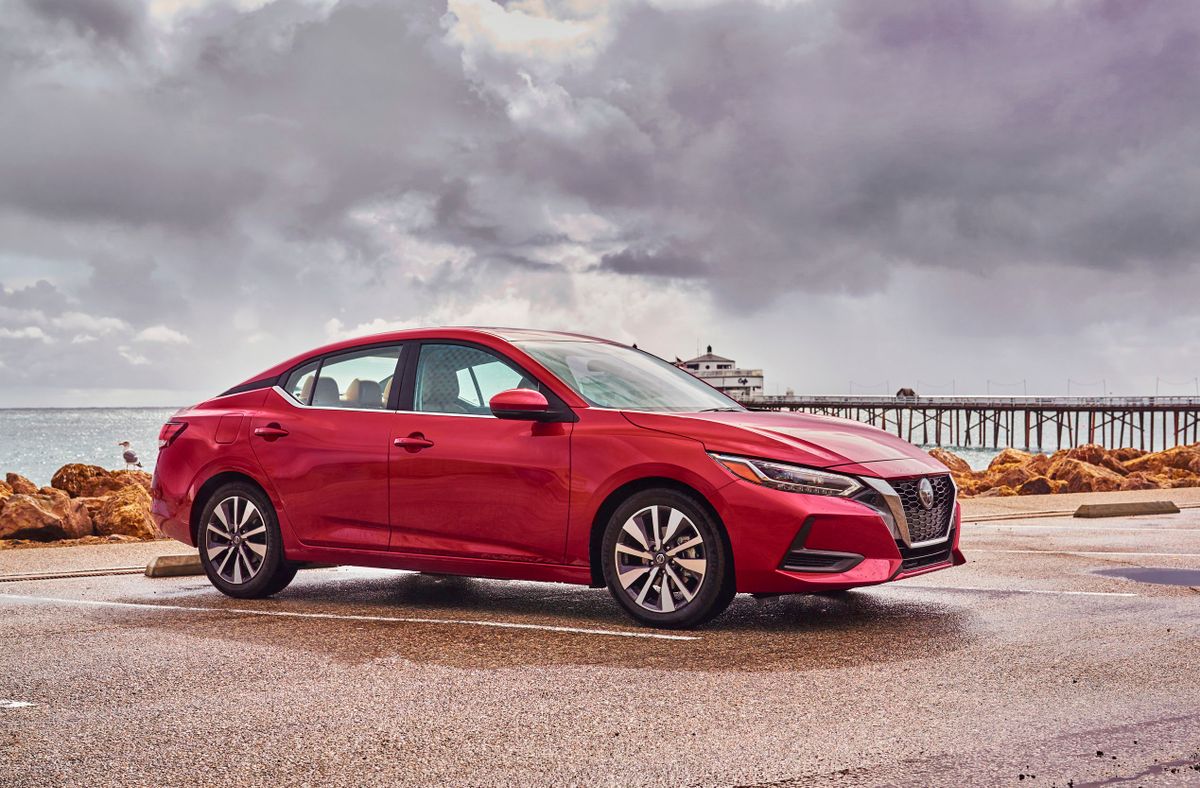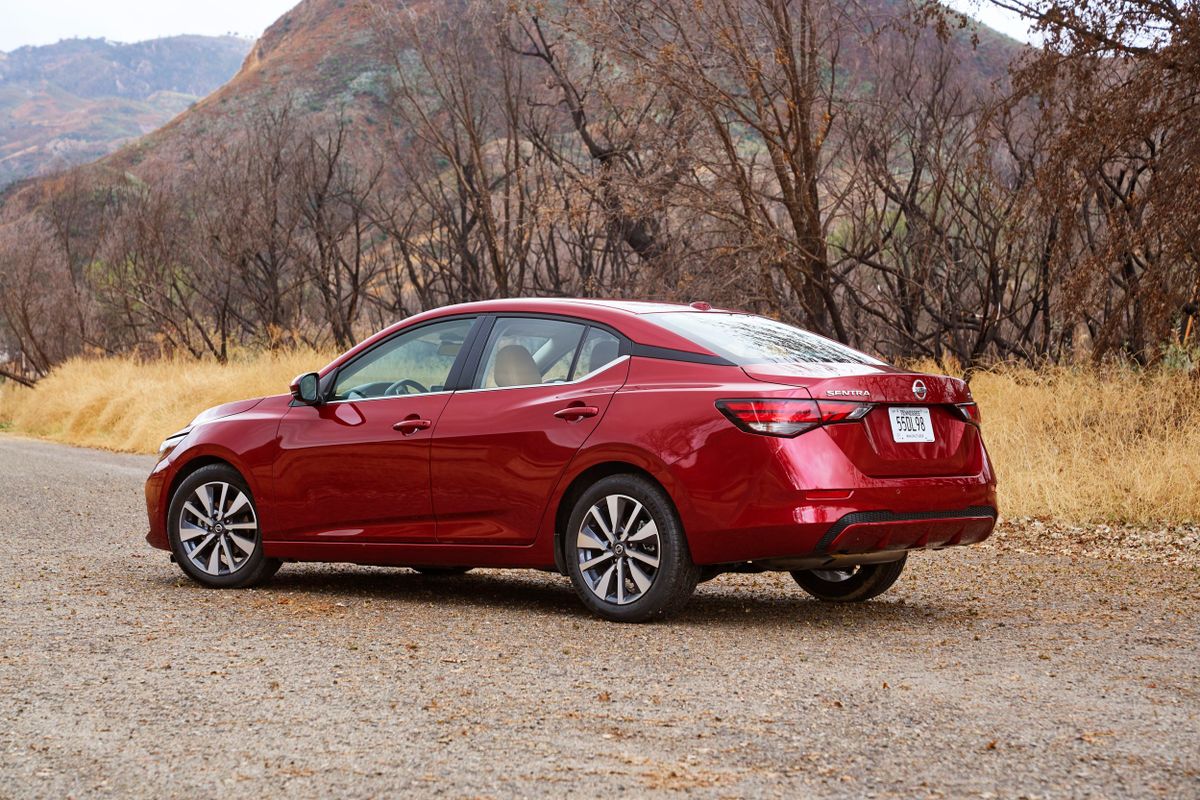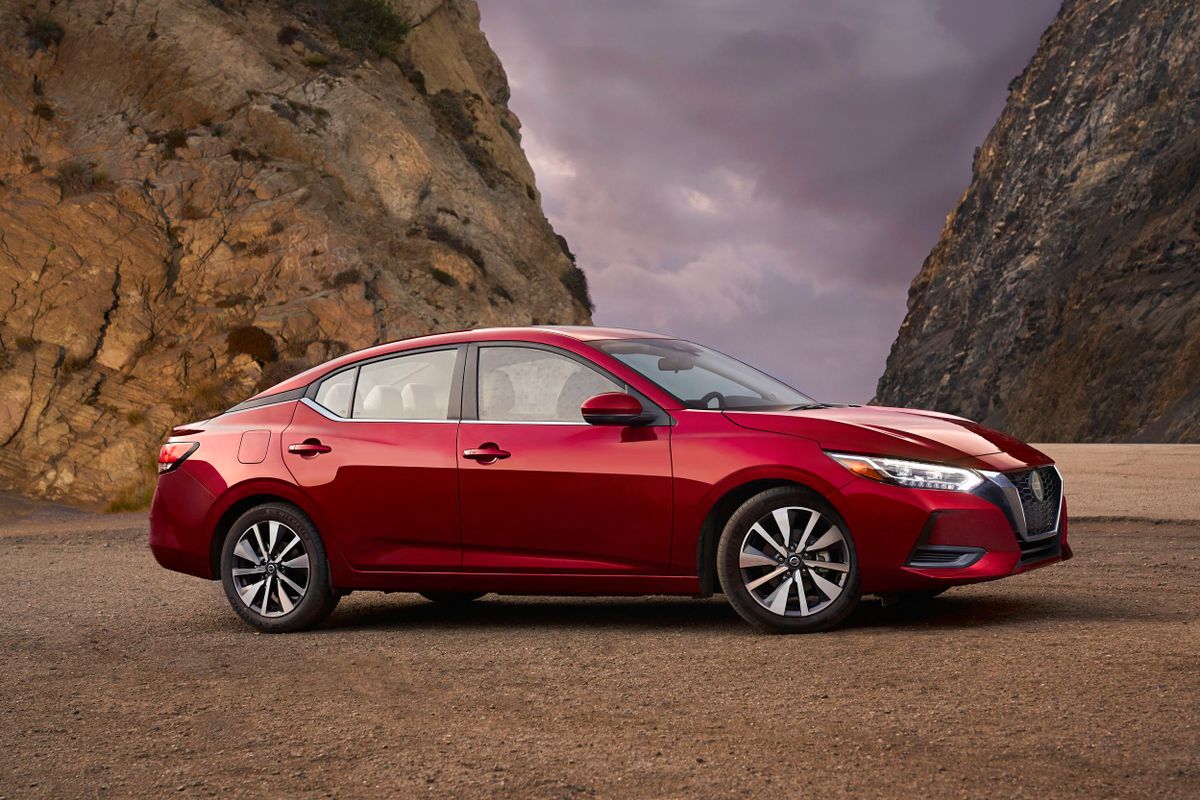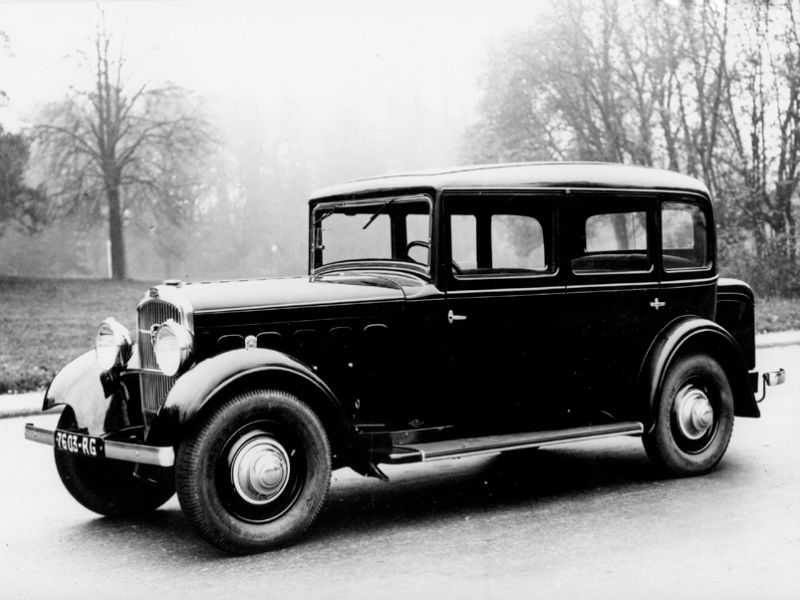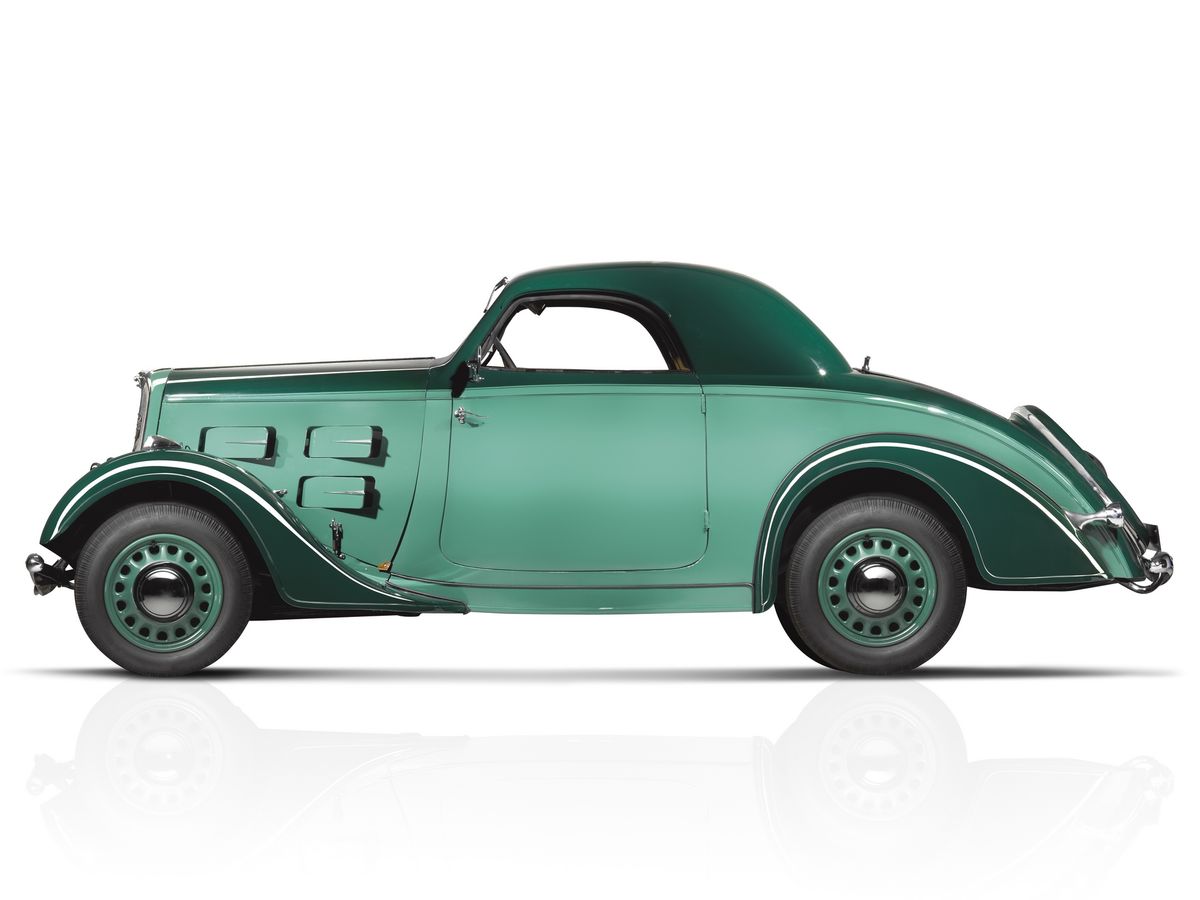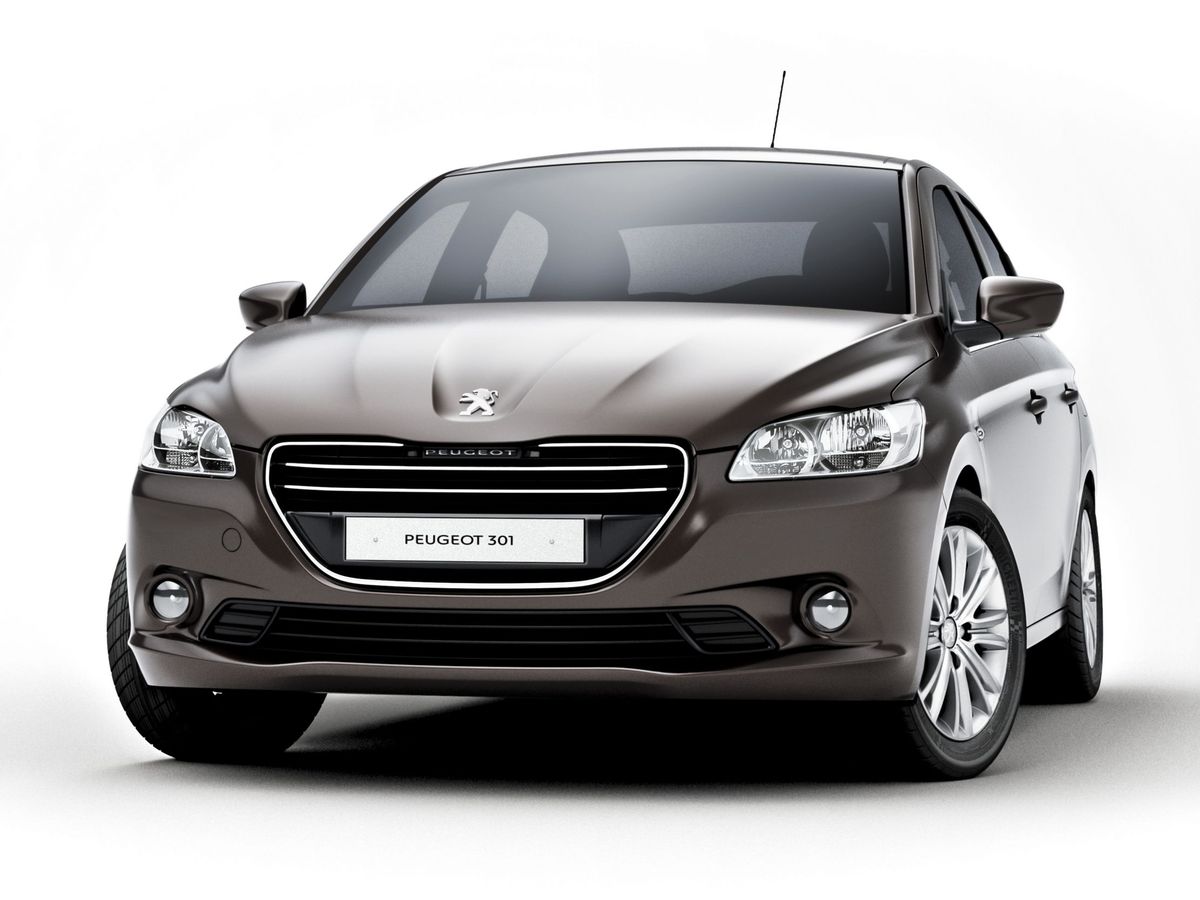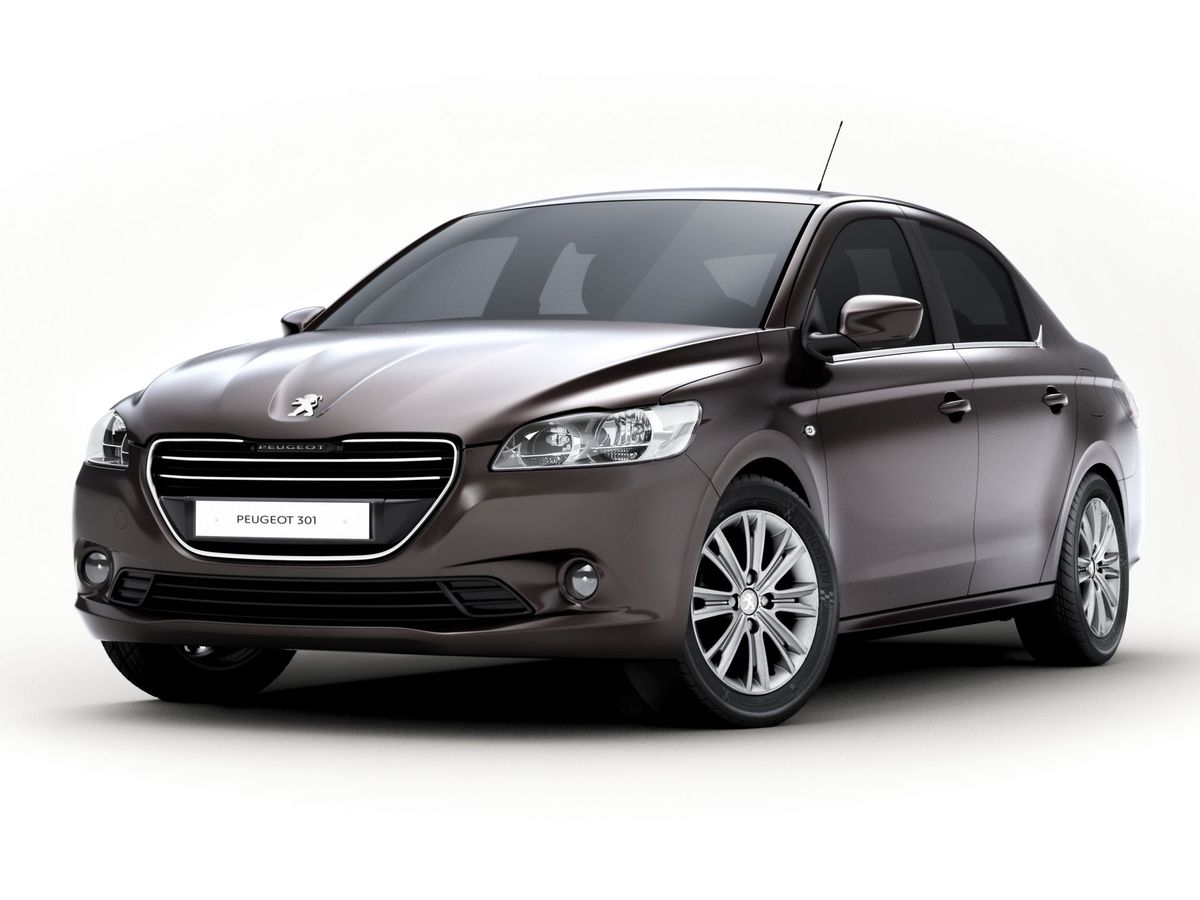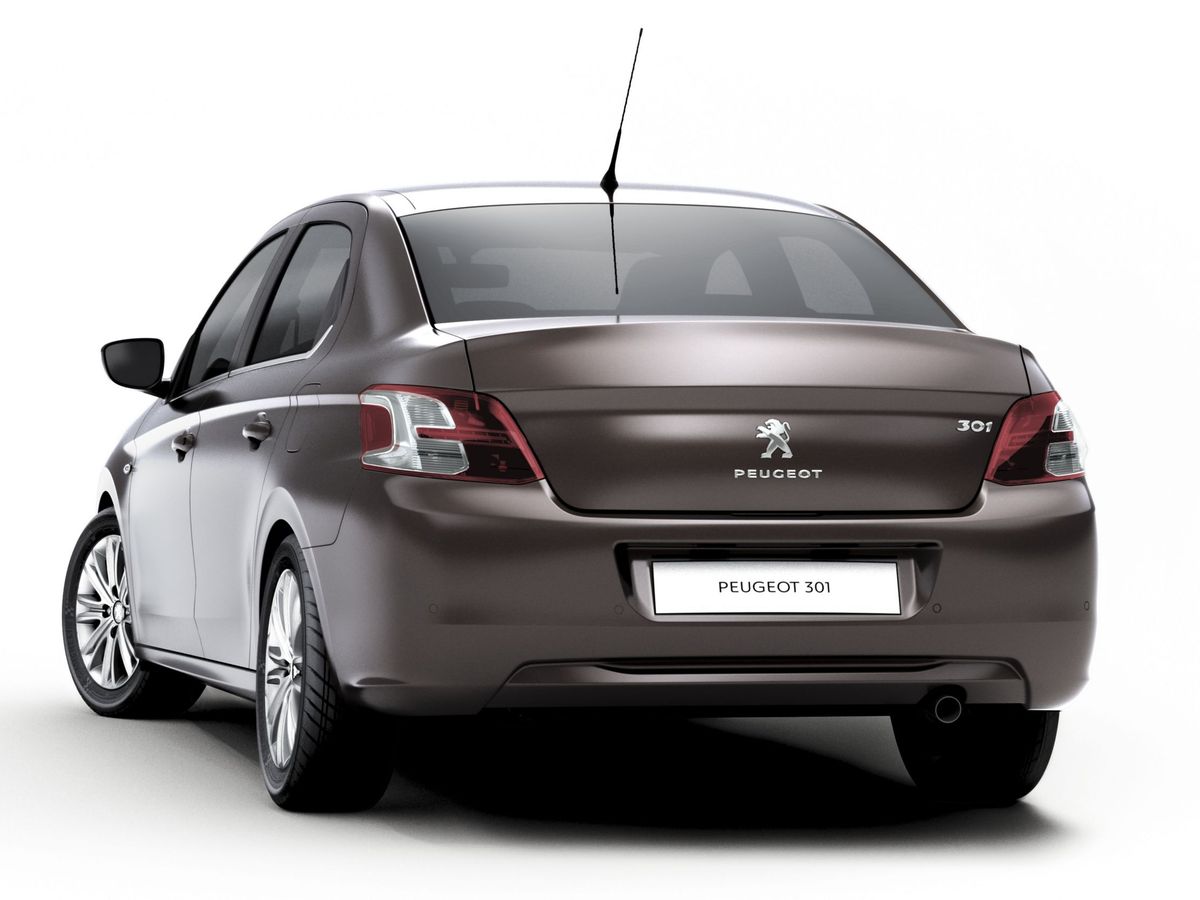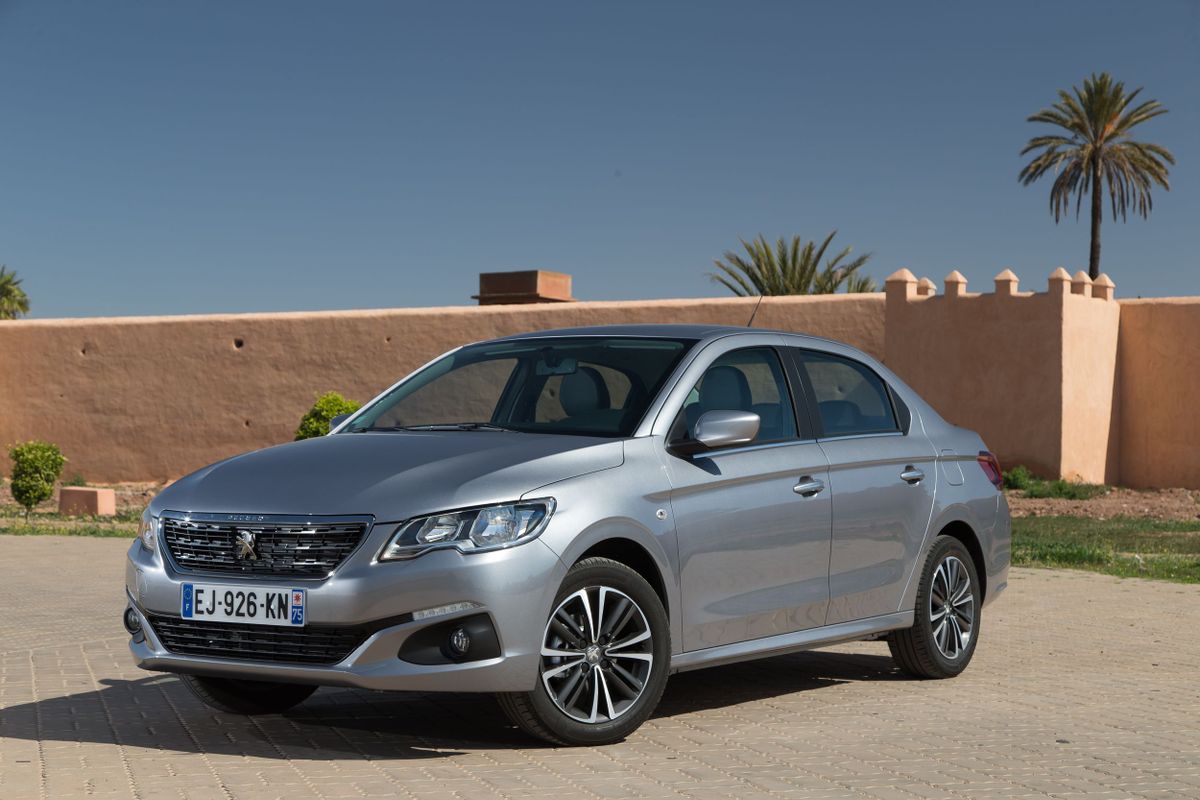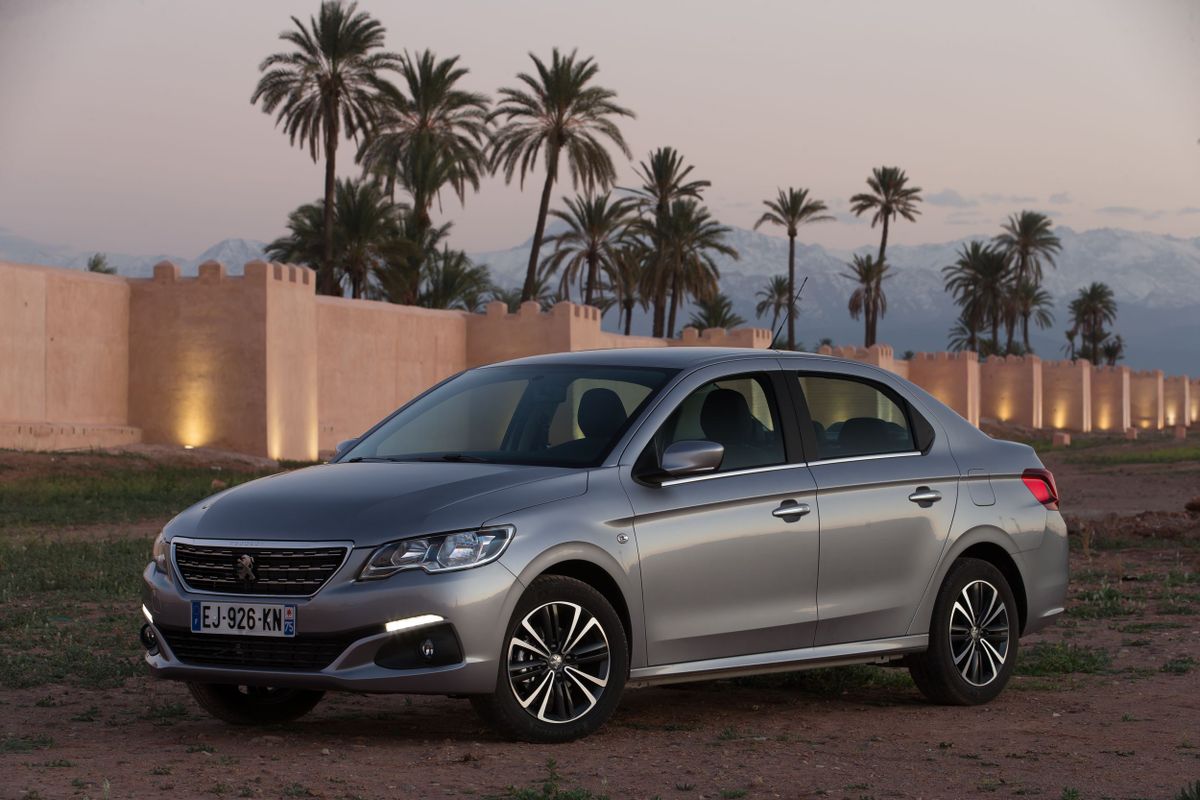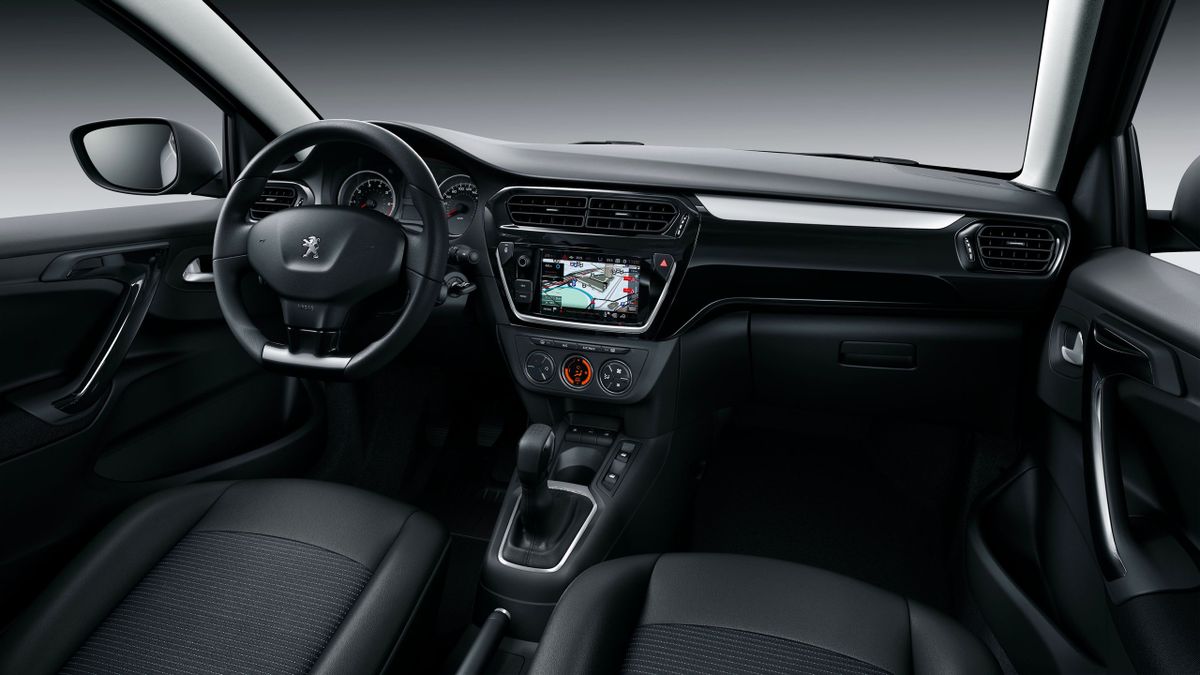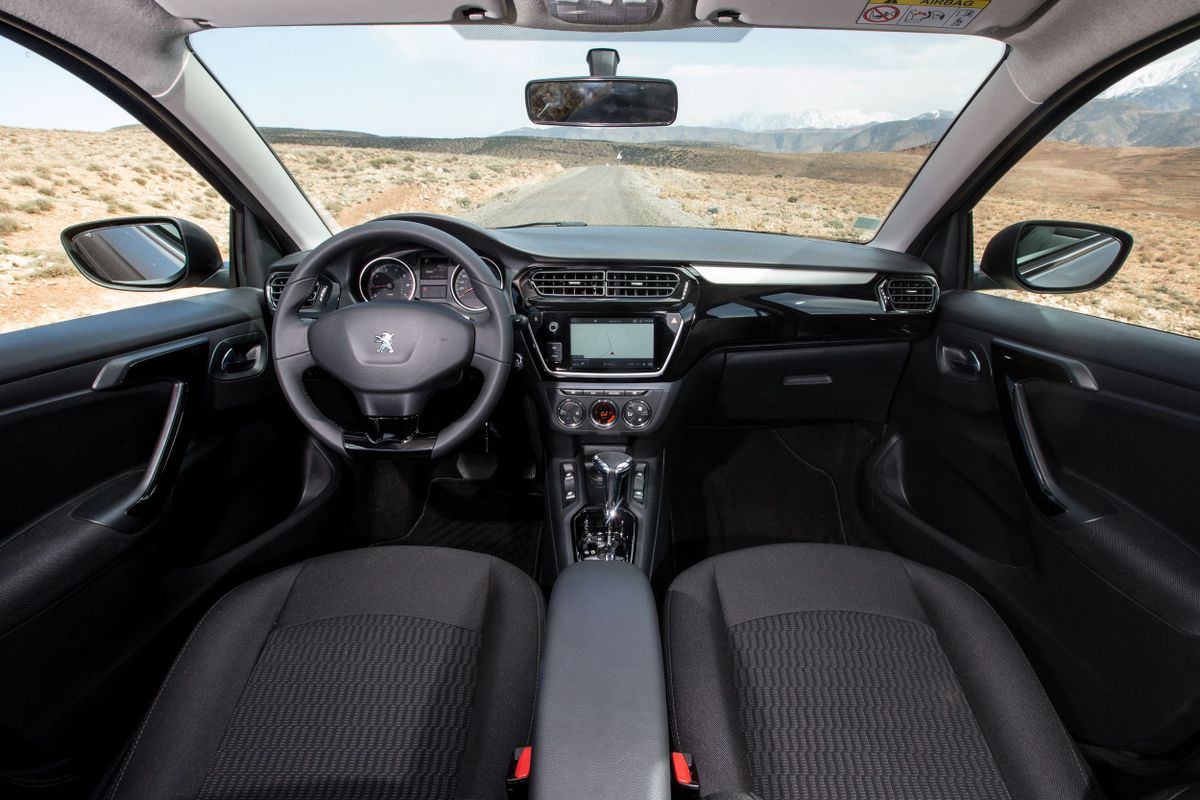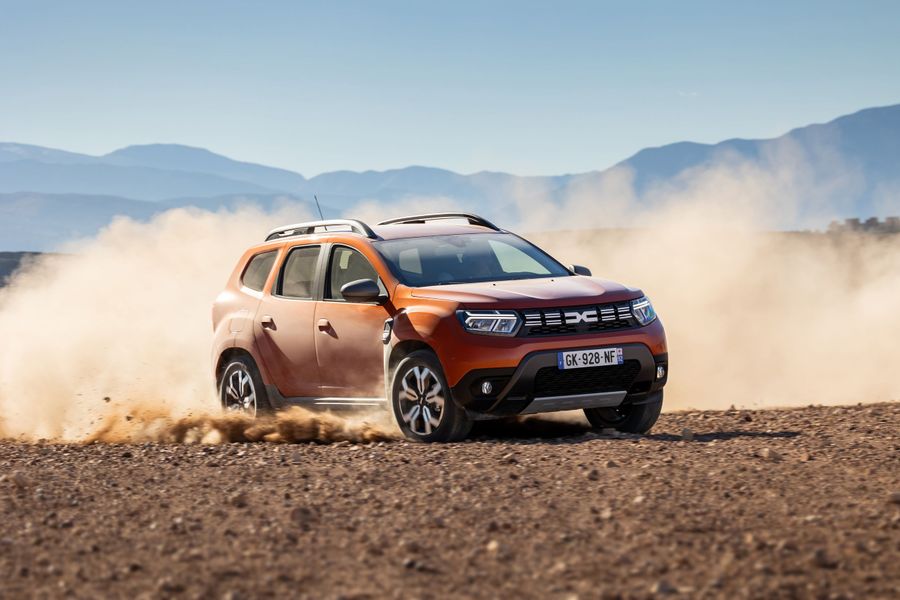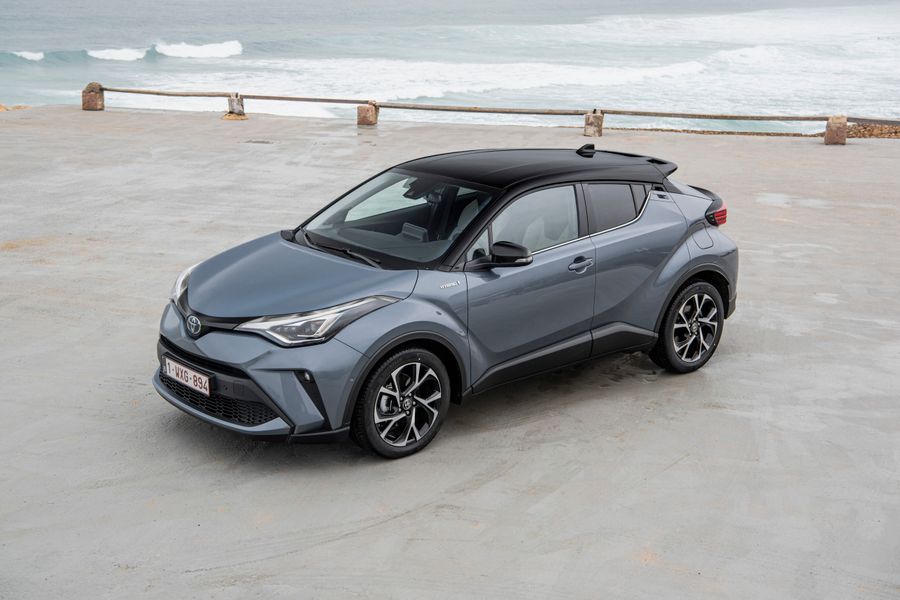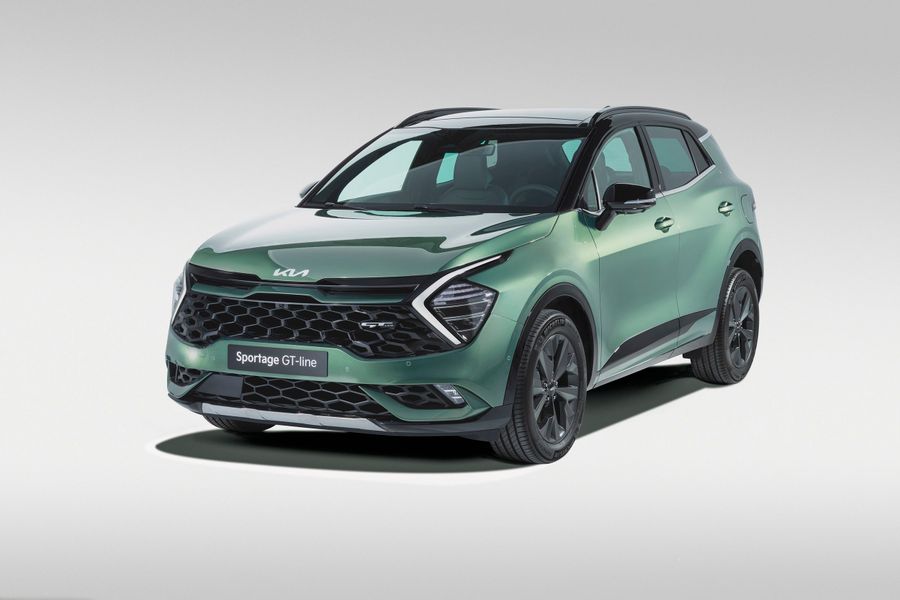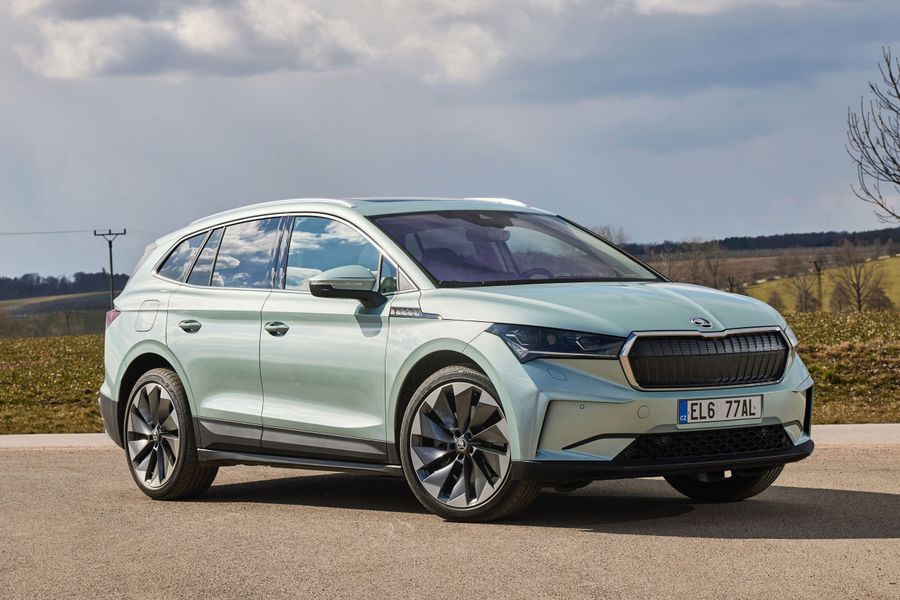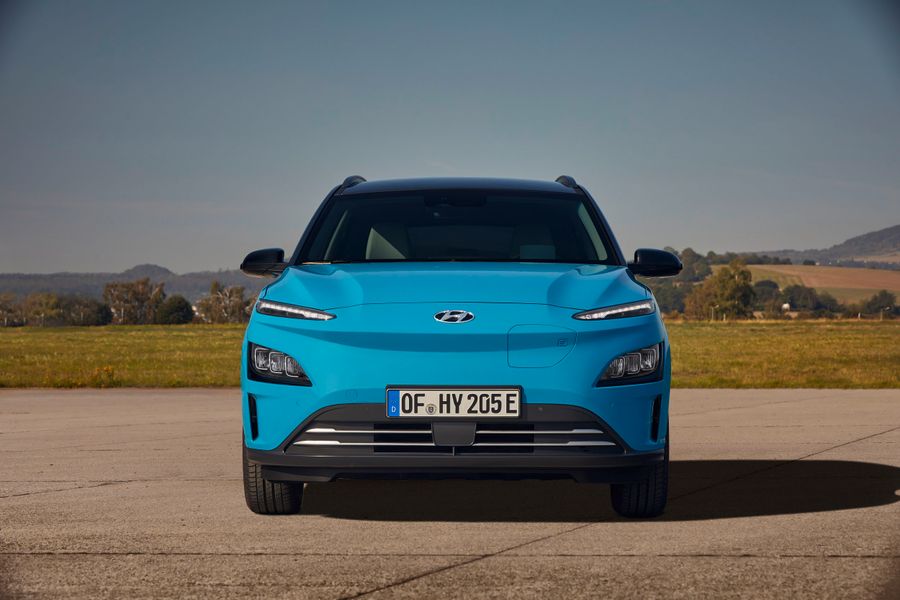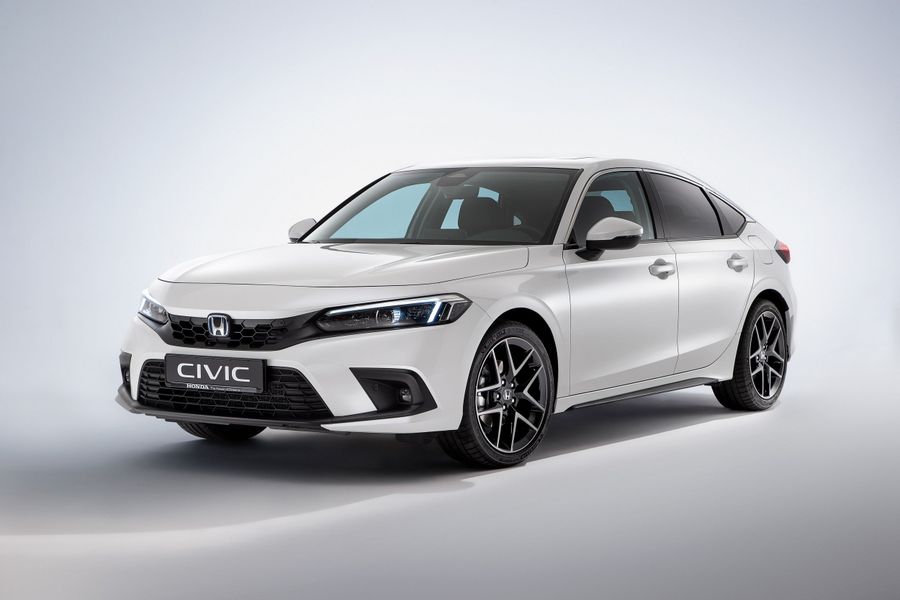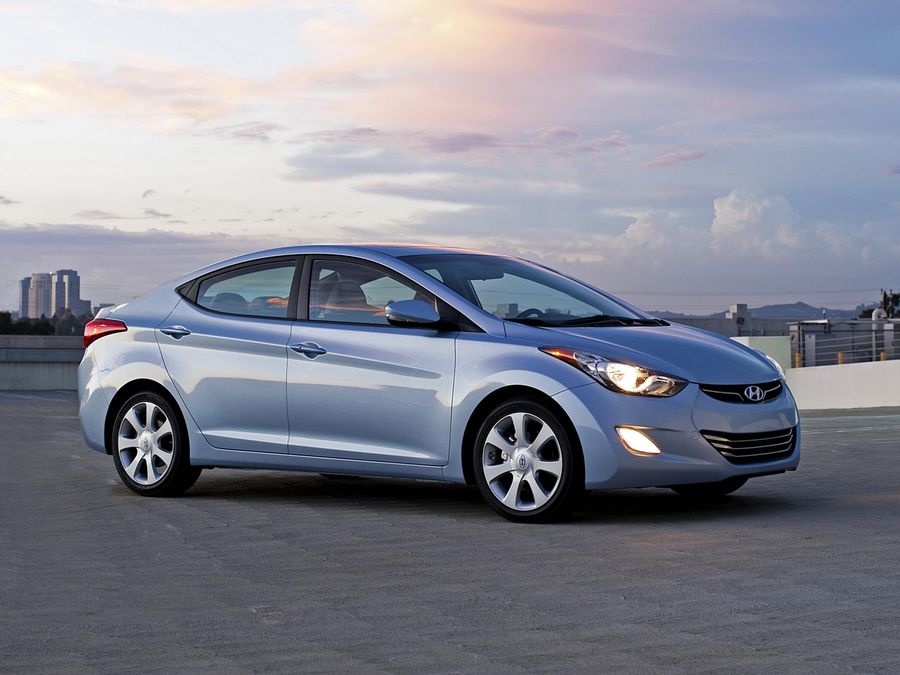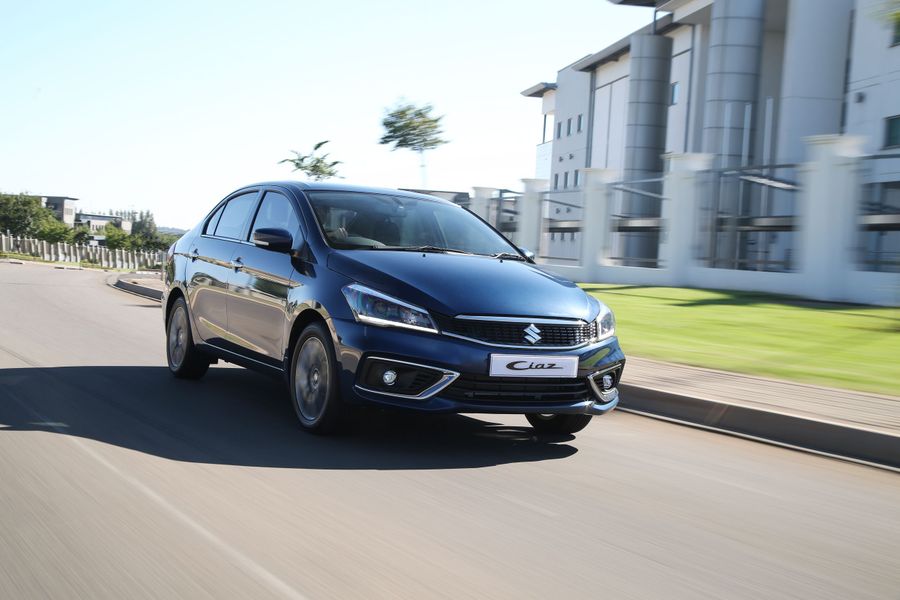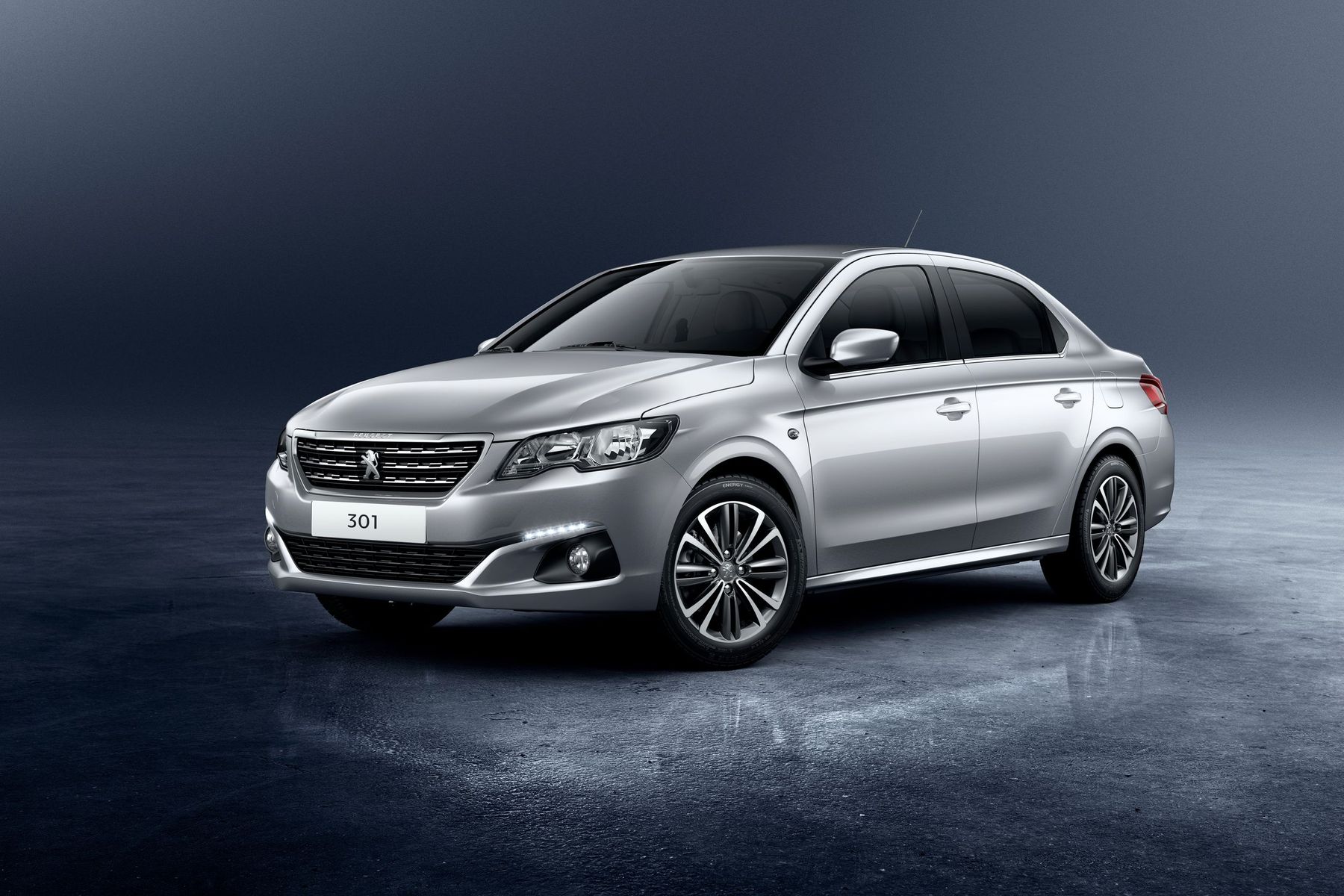
Peugeot 301. Little lion worthy of your attention
The Peugeot 301 is a compact 4-door sedan produced by the French brand Peugeot since 2012. But actually, it is an ideological heir to the compact car, which was produced back in the 1930s and bore the same proud name. And despite not being too big, this lion has a lot to offer. The new Peugeot 301 is targeted at the countries of Asia, Africa, Latin America and Eastern Europe. Analogues of the 301 are the Citroën C-Elysée and the slightly modified Iranian IKCO Tara. The closest competitors are the Hyundai Accent and Nissan Sentra.
History
The Peugeot 301 was produced from 1932 to 1936. It had many modifications, including six-window ones with three windows on each side, longer ones without a trunk, longer ones with a sloping rear, more aerodynamic ones, cargo ones, and so on. All modifications were equipped with a 35-horsepower V4 engine that developed the maximum speed of 100 km/h. The rear wheels were driven by a three-speed manual transmission. The 301 was distinguished by cable-actuated drum brakes, electric headlights controlled by a knob in the middle of the steering column, and an innovative independent front suspension that made the car exceptionally stable on the track. Due to the large number of modifications, the model was very popular and over the four years of its existence it was sold around the world in the amount of 70 thousand units. In 2012, the 301 index was revived. The x01 indices began to designate models for the markets of developing countries, in contrast to the models for the markets of developed countries, which received the x08 index.
Peugeot 301 of the 21st century
The modern Peugeot 301 was introduced in 2012 along with the Citroën C-Elysée. The car was produced in Spain, China, Kazakhstan and Nigeria. It was a compact sedan with a length of 4.4 meters, a width of 1.7 meters and a height of 1.4 meters, and had a wheelbase of 2,655 mm. It was equipped with the following engines:
- 1.2-liter gasoline 3-cylinder engine with 71 hp;
- 1.2-liter gasoline PureTech engine with 114 hp;
- 1.6-liter gasoline engine with 114 hp;
- 1.6-liter diesel HDi engine with 91 hp.
There were 5-speed manual, 4-speed automatic and 6-speed automatic transmissions. In 2017, the car underwent a restyling that touched the exterior and interior and also added modern gadgets such as a touchscreen multimedia radio with Android Auto and Apple CarPlay.
Our time
In 2022, the Peugeot 301 is still an affordable sedan, but with European quality. Its main advantages include reliability, durability and excellent value for money. Thanks to these qualities, the Peugeot 301 occupies one of the leading places in the segment. It has a respectable reputation as a car suitable for novice drivers. The new car is characterized by a completely modern harmonious body design, featuring a Peugeot-style convex hood and ribbed sides. The model is distinguished by the compressed sidewalls of the body, the wheel arch contours and the original 16-inch 6-spoke wheels.
The interior is minimalist. The semi-sporty design of the steering wheel allows you to see the analogue/digital dashboard. The first row driver and passenger seats are comfortable, designed for long journeys. There three-seater backseat at the rear. In this case, the solid cover of the seat is compensated by a large amount of individual space, the presence of a backrest tilt and a folding armrest. The trunk occupies 0.6 cubic meters (with the rear seat partially folded).
The 2022 Peugeot 301 can be equipped with a 1.6-liter diesel engine with 92 and 100 hp or a gasoline engine with 115 hp. The engines can be paired with a front-wheel drive 5-speed manual transmission or a similar 6-speed automatic transmission. The car features a MacPherson strut independent suspension at the front and a semi-independent torsion bar at the rear. The chassis has an anti-roll bar, disc brakes and a standard set of safety systems.


